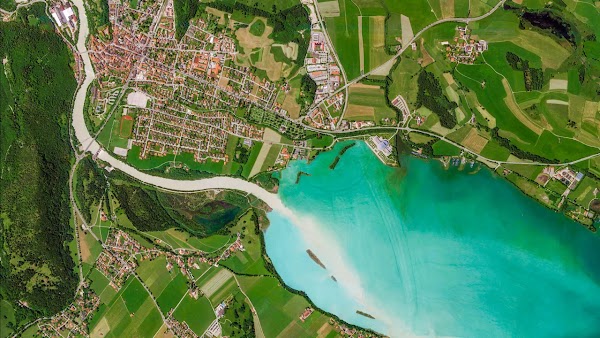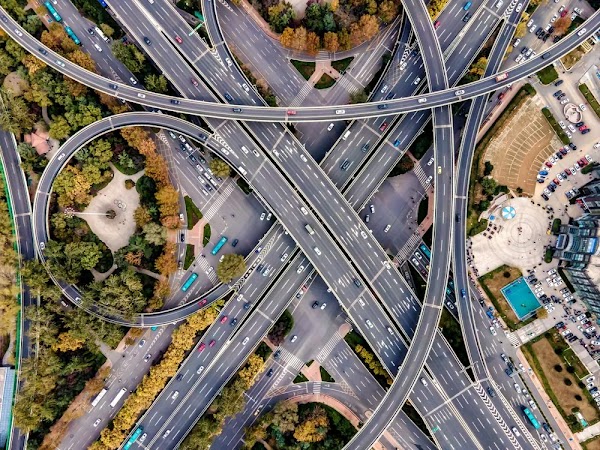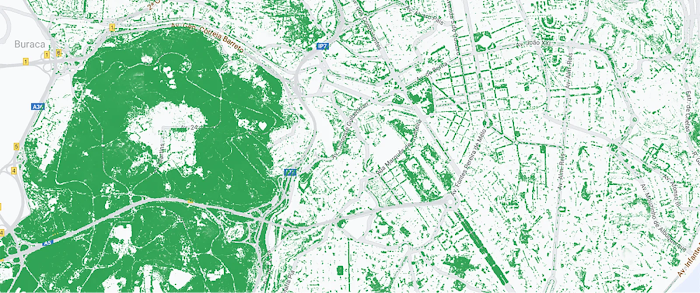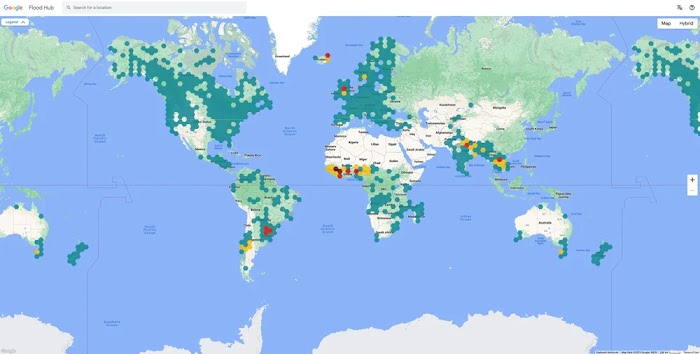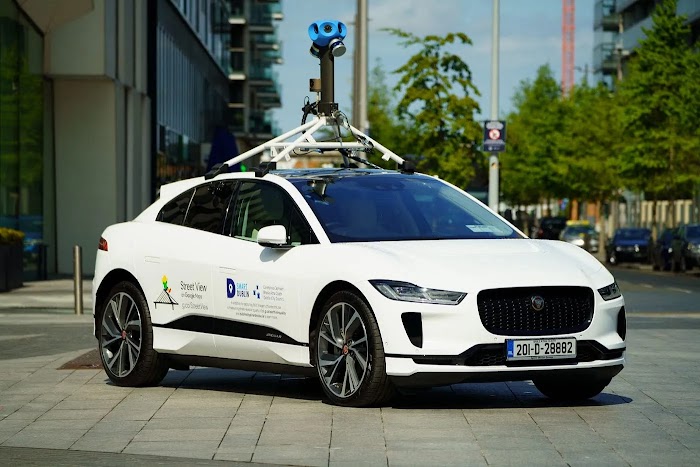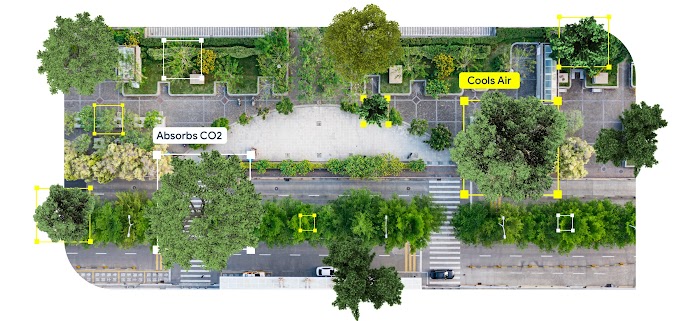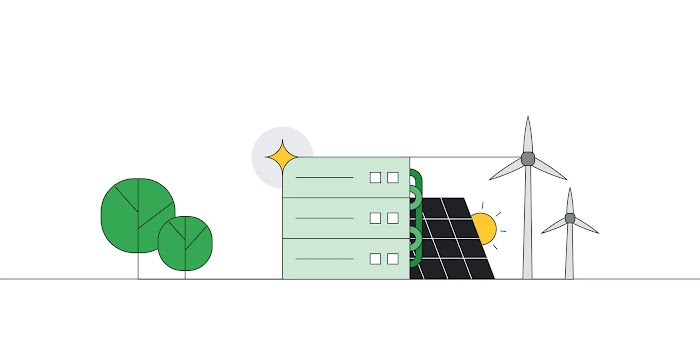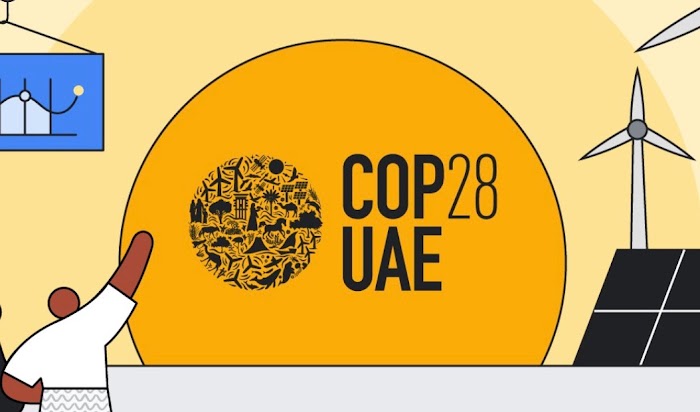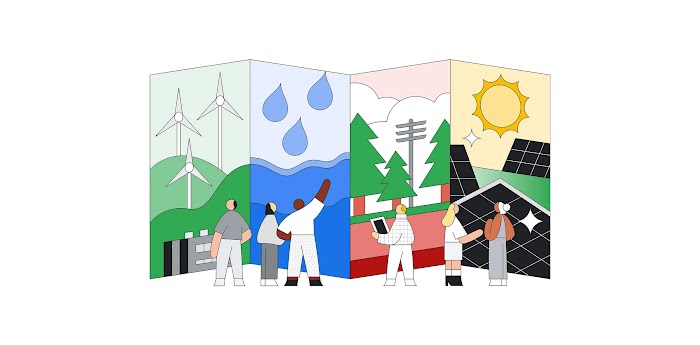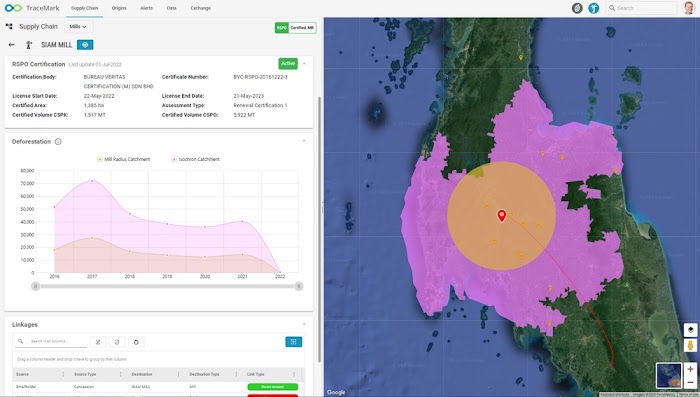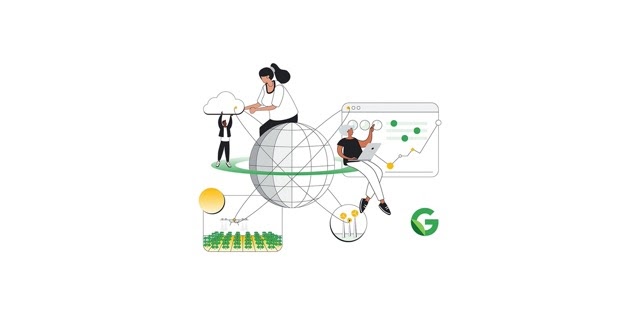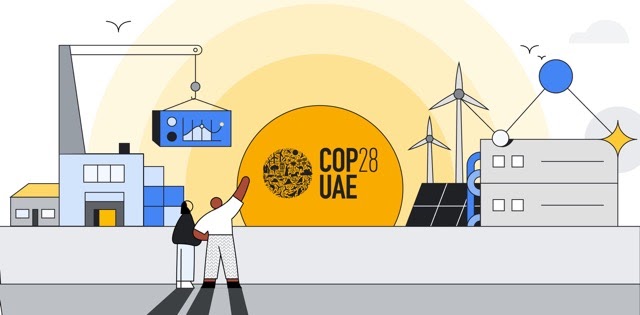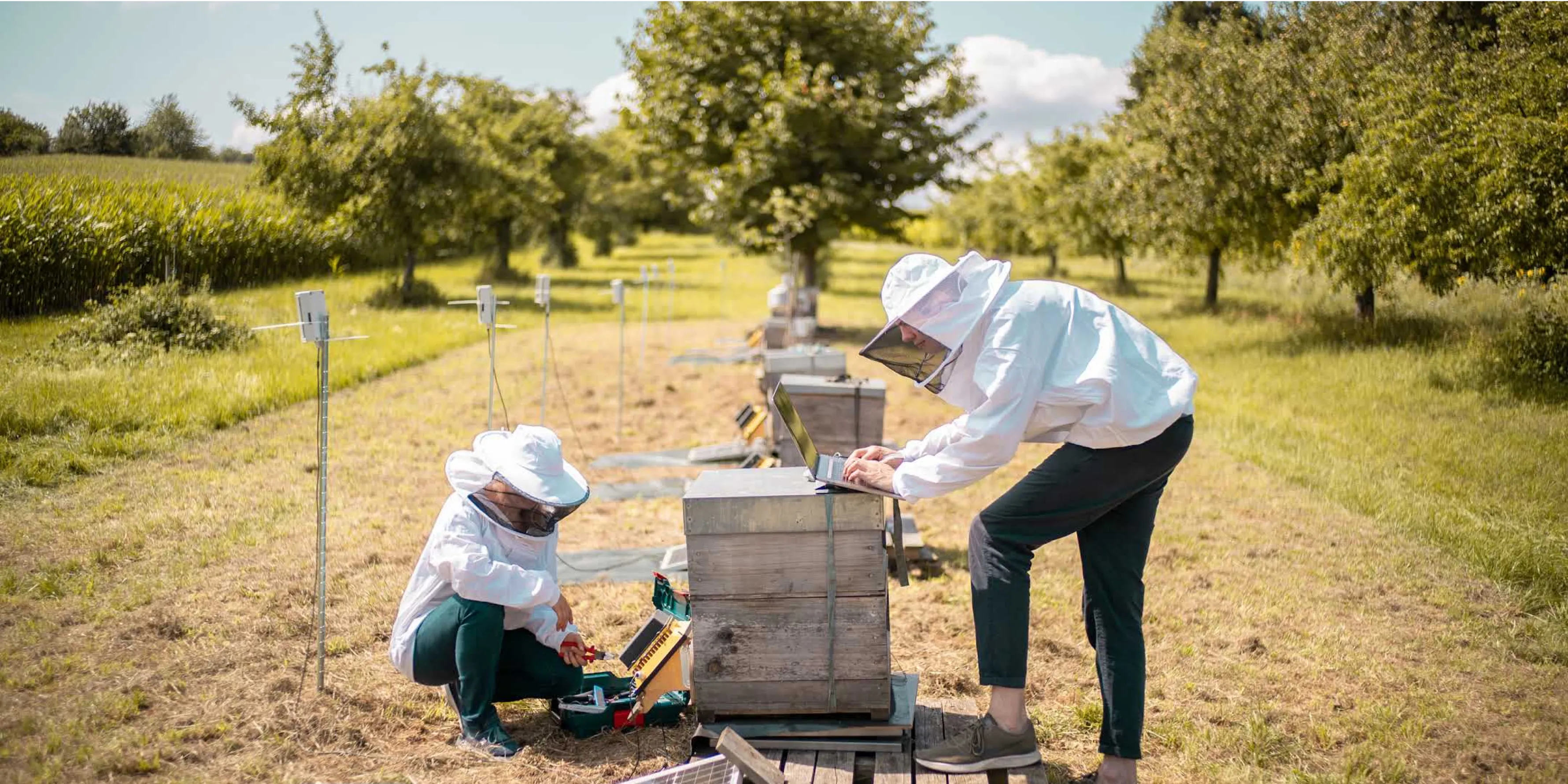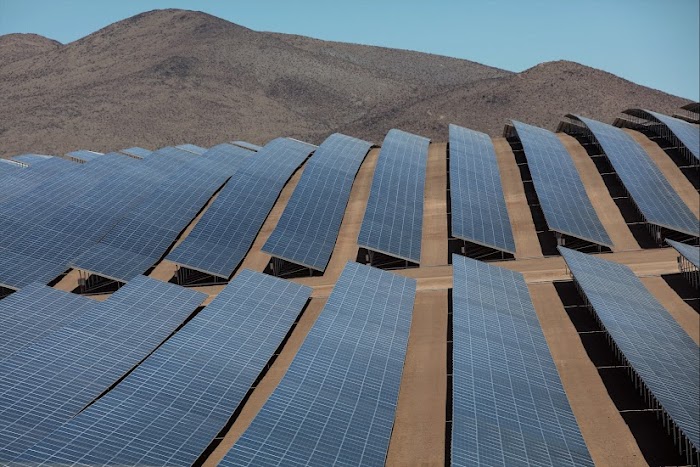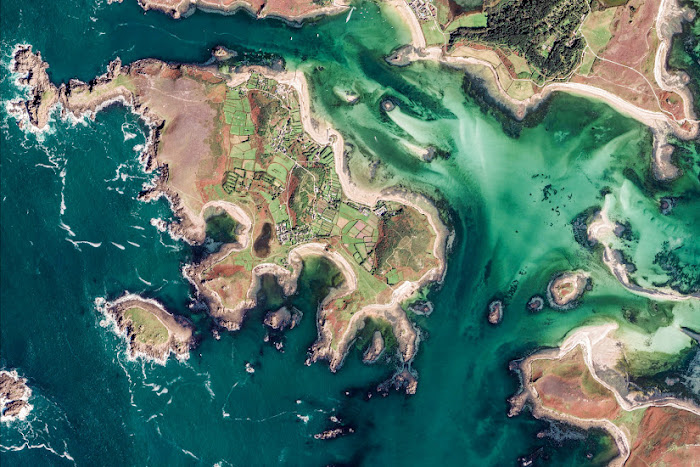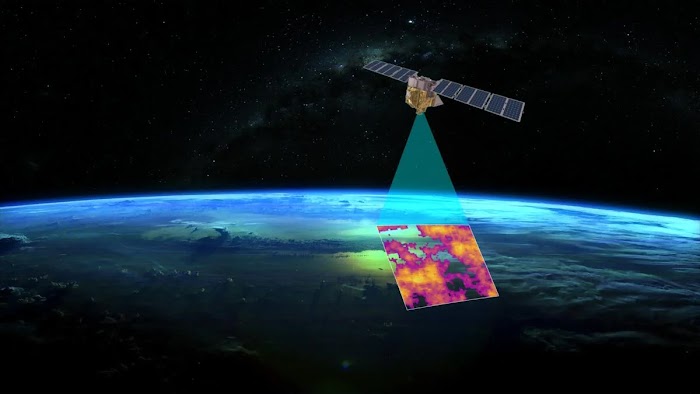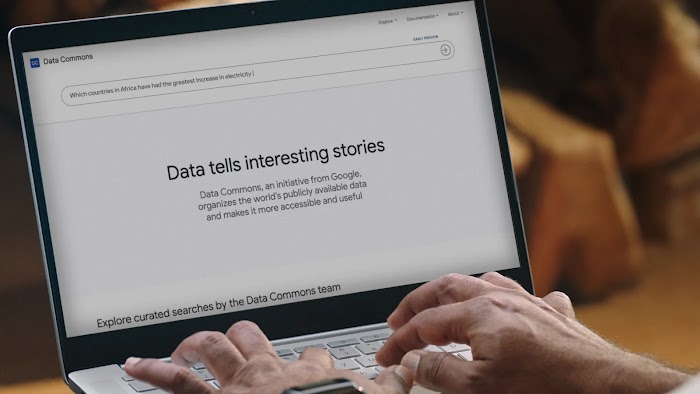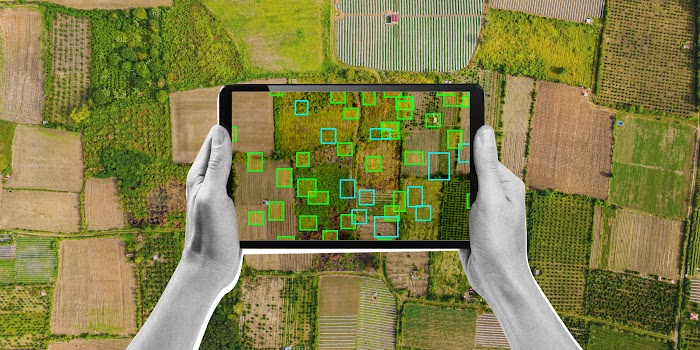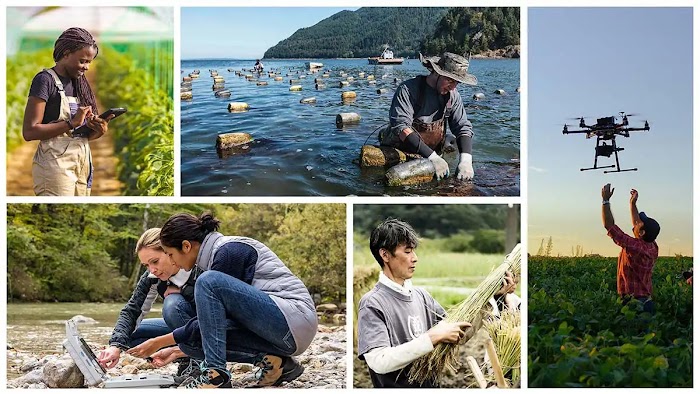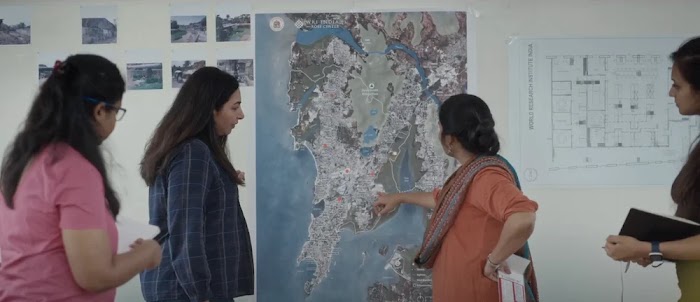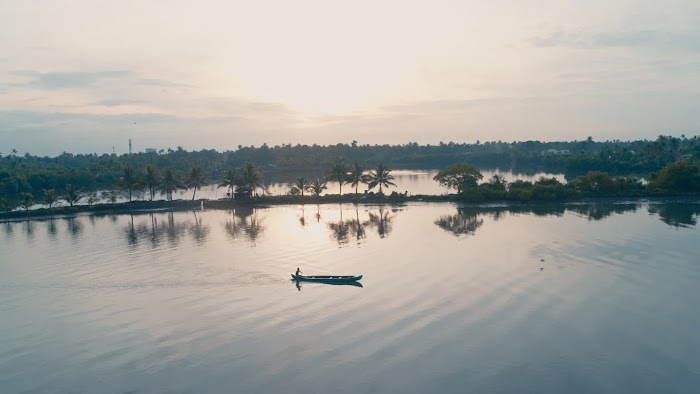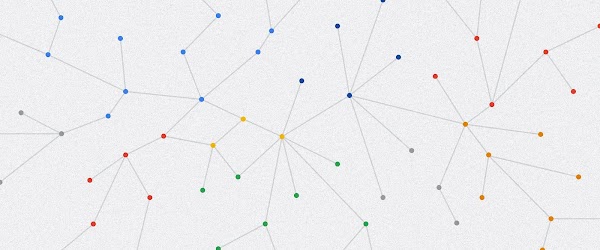Working together with partners
By innovating together we’re able to make quicker progress on solutions for a sustainable future.
Our sustainability partners
Our sustainability partners
Societal-level climate mitigation, adaptation, and ecosystem protection requires cross-sectoral collaboration. By combining Google’s suite of unique capabilities in data, Cloud computing, Geospatial analytics, and AI, we’re enabling our partners and customers to advance sustainability goals.
The public sector plays a critical role in sustainability and climate action. We’re building tools to advance sustainability by unlocking data and informing long-term planning for governments and intergovernmental organizations.
Our Environmental Insights Explorer (EIE) makes actionable climate data available to more than 40,000 cities and regions worldwide. Over a thousand cities globally have signed up to view their data and utilize the insights for their GHG inventories and climate action planning.
Google has also worked with several cities to capture hyperlocal air quality insights used to help improve the lives and health of residents. For example, we used an electric Street View car to capture air quality measurements in Dublin, Ireland street-by-street.
Another effort, Green Light—an AI tool for optimizing traffic signals—has been implemented in 12 cities across four continents. Recommendations in these cities have helped save fuel and lower emissions for up to 32 million car rides monthly.1 Early numbers from Green Light indicate the potential to reduce stops by up to 30% and reduce emissions at intersections by up to 10%.2
In response to the increasing frequency and severity of devastating wildfires and flooding, Google has developed technology to help governments, aid organizations, and communities take timely action. Our wildfire detection and prediction feature maps wildfires in near real time using satellite data. The Google Flood Forecasting Initiative uses AI to predict when and where riverine flooding will occur. These actionable early warning systems help to save both lives and livelihoods.
We’re collaborating with partners and customers across a number of sectors—including energy, transportation, agriculture, manufacturing, consumer goods, and financial services—to work toward sustainability goals.
Our Carbon Sense Suite enables customers to accurately measure, report, and reduce their cloud-related carbon emissions.
Many of our commercial customers are eager to assess and improve their resilience to climate change, and Google is helping organizations integrate climate data and geospatial analysis into business strategy and risk management.
Google Cloud, in partnership with NGIS, is also helping brands gain a deeper understanding of sustainable sourcing practices across supplier networks, so they can improve supplier performance and compliance in the fight against deforestation.
In addition, we’re helping organizations harness the power of data and AI to drive more intelligent logistics operations and supply chains, make solar potential estimations faster and easier, and wind energy more economically attractive.
Our research teams and many researchers and academics around the world are continuing to make advances in the most complex areas of the field, applying AI, machine learning, and geospatial analytics at global scale to accelerate the shift to a more sustainable future.
All over the world, scientists, researchers, and developers have been using Google Earth Engine for more than a decade to detect changes, map trends, and quantify differences on the Earth's surface. Over 50,000 scientific researchers regularly use Earth Engine's data analytics for research and educational purposes.
We also developed Data Commons to organize sustainability data from hundreds of publicly available sources—such as the United Nations’ Intergovernmental Panel on Climate Change (IPCC) to the Brazilian Institute of Geography and Statistics to the U.S. Department of Commerce—and make this data available to policymakers, researchers, nonprofit organizations, journalists, students, and the public trying to better understand societal issues and find solutions. Today, Data Commons is one of the world's largest public knowledge graphs on sustainability and includes data about climate, health, food, crops, shelter, emissions, and more.
Wildlife Insights, a platform launched in 2019 by Google Earth Outreach and seven leading conservation organizations, helps conservationists and scientists share, identify, and manage wildlife images online. The platform is designed to make it easier to collect and analyze data from remote cameras, which are often used to monitor wildlife populations across the globe, and inform data-driven decisions to address the biodiversity crisis.
Conservation technology nonprofit SkyTruth is using Google Maps Platform, Earth Engine, Dynamic World, machine learning, and cloud computing to monitor environmental impacts. One of SkyTruth’s projects, Cerulean, uses artificial intelligence to analyze thousands of radar satellite images every day, scanning the world’s oceans for the tell-tale signs of oil slicks from vessels, offshore oil platforms, and other sources, creating a global map of oil pollution and identifying polluters around the world.
By investing in breakthrough innovations, we’re able to make quicker progress on sustainability and climate solutions. For example, through our research teams and moonshots in X—our technology incubator—we’re developing innovative solutions to sustainability challenges and opportunities such as clean energy, urban planning, natural disaster forecasting, agriculture, and aquaculture.
The Google.org, Impact Challenge on Climate Innovation provided $30 million to support breakthrough projects that use information, innovation, and AI to accelerate climate action. Selected organizations received funding to scale their activities, along with access to Google’s technical expertise to help them maximize their impact.
A key focus of Google.org is supporting efforts to accelerate climate action. We do this by leveraging technology and data, especially AI and machine learning, to support the creation of free, open-sourced tools and datasets for the global community. In 2023, we granted more than $67 million to social impact organizations for projects that leverage AI to build a more sustainable world, including through two open-call funding programs launched in 2022—the Google.org Impact Challenge on Climate Innovation and AI for the Global Goals.
The Environmental Justice Data Fund is a collection of grants totaling more than $12.5 million that aim to help frontline communities that have been historically underserved and disproportionately impacted by climate change and environmental injustice.
We also have a large portfolio of sustainability-focused accelerators, all of which support early stage innovations to grow and scale. Our Google for Startups Accelerator: Climate Change identifies, supports, and scales startups that are focused on building technologies to combat climate change.
Through our Startups for Sustainable Development program, we’re working with impact-driven startups using technology to help build a more sustainable future and address one or more of the UN's 17 Sustainable Development Goals (SDGs). The program now supports more than 500 startups in over 70 countries, working with a network of over 180 partner organizations.
